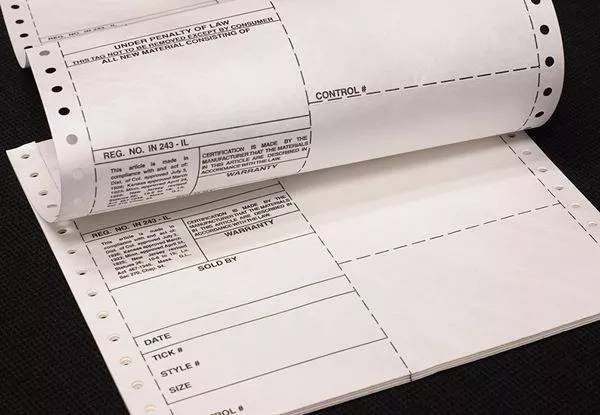

The Xerox 9700 could achieve 120 ppm.Ī virtual printer is a piece of computer software whose user interface and API resembles that of a printer driver, but which is not connected with a physical computer printer. They are usually shared by many users on a network and can print at speeds of 45 to around 100 ppm. Networked or shared printers are "designed for high-volume, high-speed printing". Some printers can print documents stored on memory cards or from digital cameras and scanners. However, this is offset by the on-demand convenience. However, they are generally slow devices ranging from 6 to around 25 pages per minute (ppm),Īnd the cost per page is relatively high. These printers are designed for low-volume, short-turnaround print jobs, requiring minimal setup time to produce a hard copy of a given document. Personal printers are primarily designed to support individual users, and may be connected to only a single computer. These devices are in their earliest stages of development and have not yet become commonplace. Starting around 2010, 3D printing became an area of intense interest, allowing the creation of physical objects with the same sort of effort as an early laser printer required to produce a brochure. The rapid improvement of internet email through the 1990s and into the 2000s has largely displaced the need for printing as a means of moving documents, and a wide variety of reliable storage systems means that a "physical backup" is of little benefit today. By the 2000s, high-quality printers of this sort had fallen under the $100 price point and became commonplace. Inkjet systems rapidly displaced dot-matrix and daisy-wheel printers from the market.

The HP Deskjet of 1988 offered the same advantages as a laser printer in terms of flexibility, but produced somewhat lower-quality output (depending on the paper) from much less-expensive mechanisms. By 1990, most simple printing tasks like fliers and brochures were now created on personal computers and then laser printed expensive offset printing systems were being dumped as scrap. Laser printers using PostScript mixed text and graphics, like dot-matrix printers, but at quality levels formerly available only from commercial typesetting systems. The introduction of the low-cost laser printer in 1984, with the first HP LaserJet, and the addition of PostScript in next year's Apple LaserWriter set off a revolution in printing known as desktop publishing. The plotter was used for those requiring high-quality line art like blueprints. In the 1980s there were daisy wheel systems similar to typewriters, line printers that produced similar output but at much higher speed, and dot-matrix systems that could mix text and graphics but produced relatively low-quality output. The demand for higher speed led to the development of new systems specifically for computer use. The first commercial printers generally used mechanisms from electric typewriters and Teletype machines. The first compact, lightweight digital printer was the EP-101, invented by Japanese company Epson and released in 1968, according to Epson. This patent (US3060429) led to the Teletype Inktronic Printer product delivered to customers in late 1966. The ink was a red stamp-pad ink manufactured by Phillips Process Company of Rochester, NY under the name Clear Print. Winston, Teletype Corporation, using continuous inkjet printing. The first patented printing mechanism for applying a marking medium to a recording medium, or more particularly an electrostatic inking apparatus and a method for electrostatically depositing ink on controlled areas of a receiving medium, was in 1962 by C. The first computer printer designed was a mechanically driven apparatus by Charles Babbage for his difference engine in the 19th century however, his mechanical printer design was not built until 2000. 4.5 Monochrome, colour and photo printers.3.2.2 Liquid ink electrostatic printers.3.2.1.2 Teletypewriter-derived printers.3.2 Obsolete and special-purpose printing technologies.


 0 kommentar(er)
0 kommentar(er)
